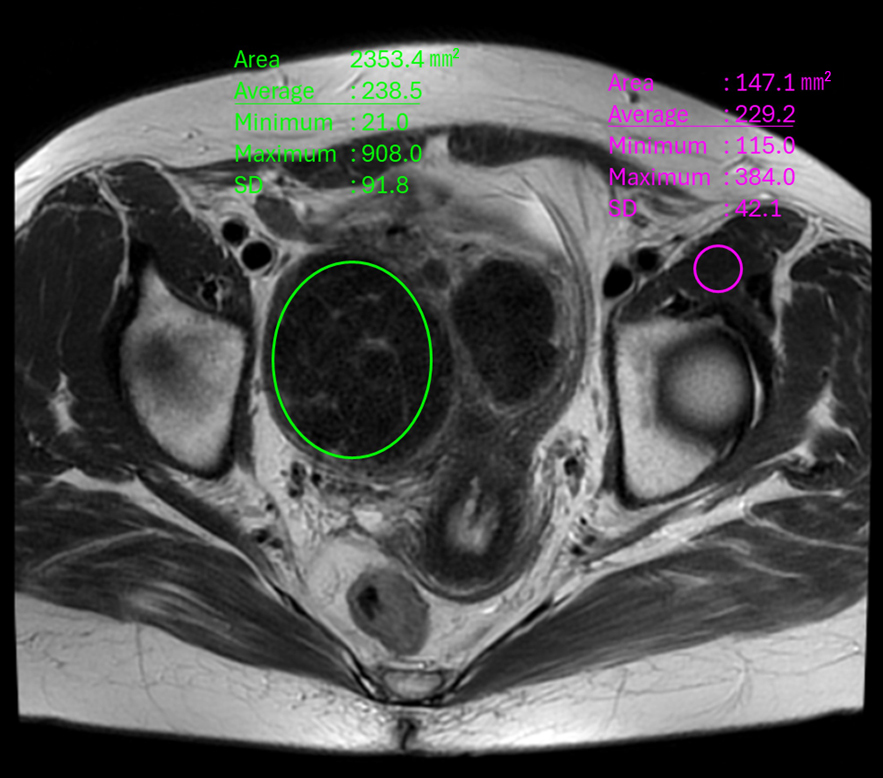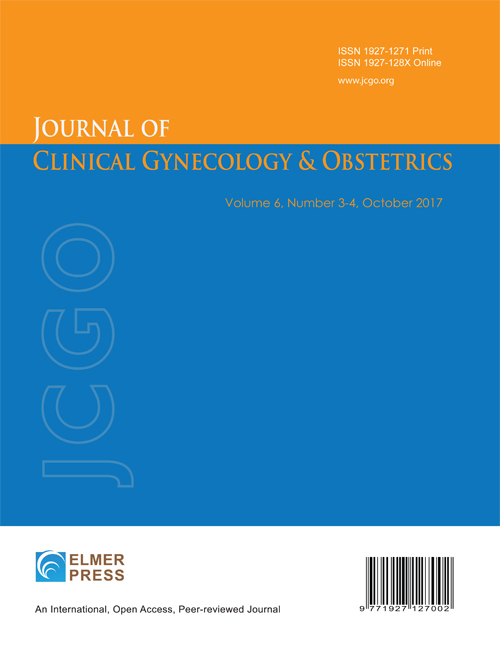Magnetic Resonance Imaging-Based Prediction of Uterine Fibroid Size Reduction by Relugolix Using T2-Weighted Signal Intensity Ratio: A Retrospective Multicenter Study
DOI:
https://doi.org/10.14740/jcgo1506Keywords:
MRI, Relugolix, Uterine fibroids, Uterine leiomyoma, Volume reductionAbstract
Background: The aim of this study was to determine whether T2-weighted magnetic resonance imaging (MRI) can predict the volume reduction effect of relugolix on uterine fibroids by evaluating the signal intensity ratio between uterine fibroids and the iliopsoas muscle.
Methods: This multicenter retrospective study included patients who underwent surgery for uterine fibroids at Yamagata University Hospital and Yamagata Saisei Hospital between January 2020 and December 2021. Patients received daily oral relugolix (40 mg) from the first day of menstruation after their first consultation until the day before surgery. MRI was performed before treatment and 1 - 2 weeks before surgery to assess fibroid size and signal intensity on T2-weighted images (T2WIs). The signal intensity ratio (T2WI ratio) of fibroids to iliac muscle was used to ensure consistency. Patients were classified based on a 50% fibroid volume reduction, and T2WI ratios were compared. Furthermore, receiver operating characteristic (ROC) analysis was conducted to determine the optimal T2WI ratio cutoff for predicting volume reduction.
Results: Overall, 39 patients with 70 uterine fibroids were included in the statistical analysis. There was no significant difference in the duration of relugolix treatment between the groups. The group with ≥ 50% volume reduction had significantly larger T2WI ratios than the group with < 50% volume reduction (P = 0.006). In the ROC curve analysis, a T2WI ratio cutoff value of 1.751 was determined to be positive when considering a volume reduction rate of ≥ 50%. The corresponding area under the curve was 0.772, indicating moderate accuracy. The negative predictive value was high in this case, reaching 0.974.
Conclusion: T2WI ratio may be useful for predicting the volume-reducing effect of relugolix on uterine fibroids.

Published
Issue
Section
License
Copyright (c) 2025 The authors

This work is licensed under a Creative Commons Attribution-NonCommercial 4.0 International License.






